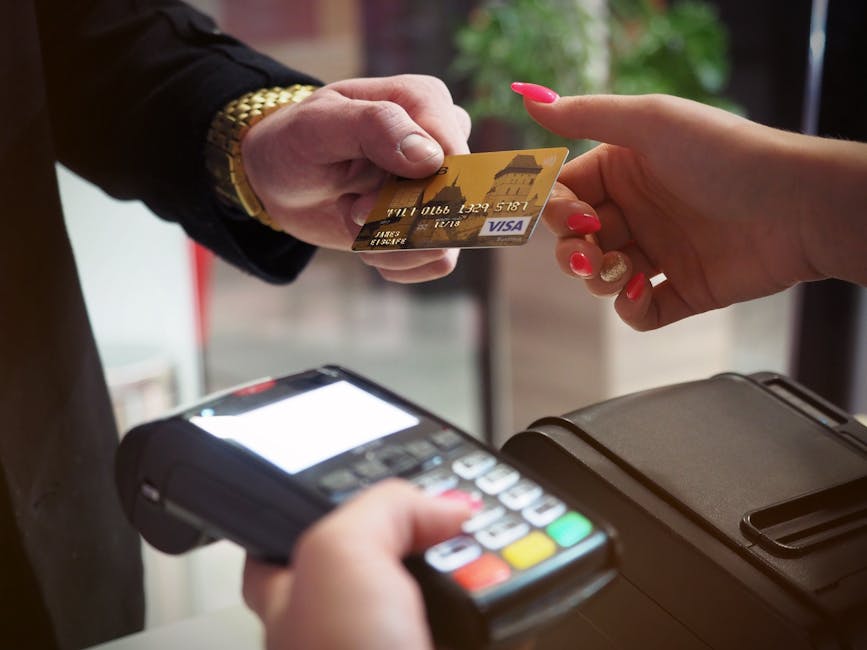
Mobile money is bridging the financial inclusion gap in Africa, providing millions with access to essential financial services for the first time. In a continent where traditional banking infrastructure is underdeveloped, mobile money platforms have emerged as a solution, allowing individuals to conduct transactions, save money, and even access credit using their mobile phones. As more Africans adopt mobile money, the digital economy is growing rapidly, reshaping industries and improving livelihoods.
The Role of Mobile Money in Financial Inclusion
Africa has long struggled with financial inclusion, as large portions of the population are unbanked or underbanked. According to the World Bank, approximately 57% of adults in Sub-Saharan Africa lacked access to formal financial services in 2017. This is where mobile money has become a powerful tool in bridging the gap. By leveraging the widespread adoption of mobile phones, mobile money platforms enable users to bypass traditional banks and access financial services directly from their devices.
Key Mobile Money Platforms in Africa
Several mobile money services have gained widespread popularity across the continent, each playing a significant role in bridging the financial inclusion gap in Africa.
- M-Pesa: Launched in Kenya in 2007, M-Pesa is one of the earliest and most successful mobile money platforms. It has over 50 million active users across several African countries, allowing them to transfer money, pay bills, and access loans.
- MTN MoMo: Operated by MTN, Africa’s largest telecom provider, MTN MoMo offers services in over 20 African countries. It provides mobile money solutions such as remittances, bill payments, and microloans.
- Airtel Money: Airtel Money is another popular platform, especially in countries like Tanzania, Zambia, and Uganda, facilitating peer-to-peer transfers and payments for utilities.
Impact of Mobile Money on Economic Empowerment
Mobile money has had a transformative impact on economic empowerment in Africa. By offering financial services to previously excluded individuals, mobile money has enabled greater participation in the digital economy, boosted entrepreneurship, and supported local businesses. The increased ease of money transfers and payments has also opened up opportunities for cross-border trade.
Examples of mobile money’s impact include:
- Access to credit: Mobile money platforms such as M-Shwari and KCB M-Pesa offer microloans based on users’ mobile money transaction history, giving unbanked individuals the ability to borrow money without traditional collateral.
- Support for small businesses: Mobile money allows small businesses to receive payments instantly and securely, enhancing cash flow management and enabling growth.
- Remittances: Platforms like MTN MoMo and Airtel Money allow users to send and receive remittances across borders, reducing dependency on expensive and slow traditional remittance services.
Case Study: M-Pesa in Kenya
Kenya’s M-Pesa is a leading case study in how mobile money is bridging the financial inclusion gap in Africa. Launched by Safaricom in 2007, M-Pesa quickly became the most widely used mobile money platform in the country. As of 2021, it processes transactions worth over 50% of Kenya’s GDP. M-Pesa’s success lies in its simplicity, as users only need a mobile phone, not a smartphone, to access the service. Through M-Pesa, millions of Kenyans have been able to access essential financial services, significantly improving their economic prospects.
The platform has also facilitated other innovations, such as mobile savings accounts and digital loans, and has partnered with various organizations to provide insurance and healthcare services. M-Pesa’s success has spurred the growth of similar mobile money platforms across Africa, transforming the region’s financial landscape.
Challenges to Mobile Money Adoption
While mobile money is bridging the financial inclusion gap in Africa, several challenges remain. These include:
- Regulatory barriers: Different countries have varying regulations governing mobile money operations, creating hurdles for cross-border expansion and growth.
- Digital literacy: Many individuals, especially in rural areas, lack the knowledge and skills to fully utilize mobile money services.
- Infrastructure limitations: Limited access to mobile networks and reliable electricity, particularly in remote regions, hampers the widespread adoption of mobile money.
However, governments and international organizations are working to address these issues by promoting better regulatory frameworks and investing in digital literacy programs to ensure broader access to mobile financial services.
The Future of Mobile Money in Africa
As Africa continues to grow its digital economy, the future of mobile money looks bright. A report by GSMA indicates that mobile money transactions in Sub-Saharan Africa grew by 23% in 2021, with the total value of transactions reaching $701.4 billion. With an increasing number of people gaining access to mobile phones and internet connectivity, mobile money is expected to play an even greater role in bridging the financial inclusion gap in Africa.
Innovations such as blockchain, digital currencies, and AI-driven financial services could further enhance the capabilities of mobile money platforms, creating new opportunities for economic growth and financial empowerment. The ongoing expansion of mobile money services into sectors like healthcare, education, and insurance will ensure that mobile money remains a cornerstone of Africa’s financial future.
Discover more from Amebo Media
Subscribe now to keep reading and get access to the full archive.




